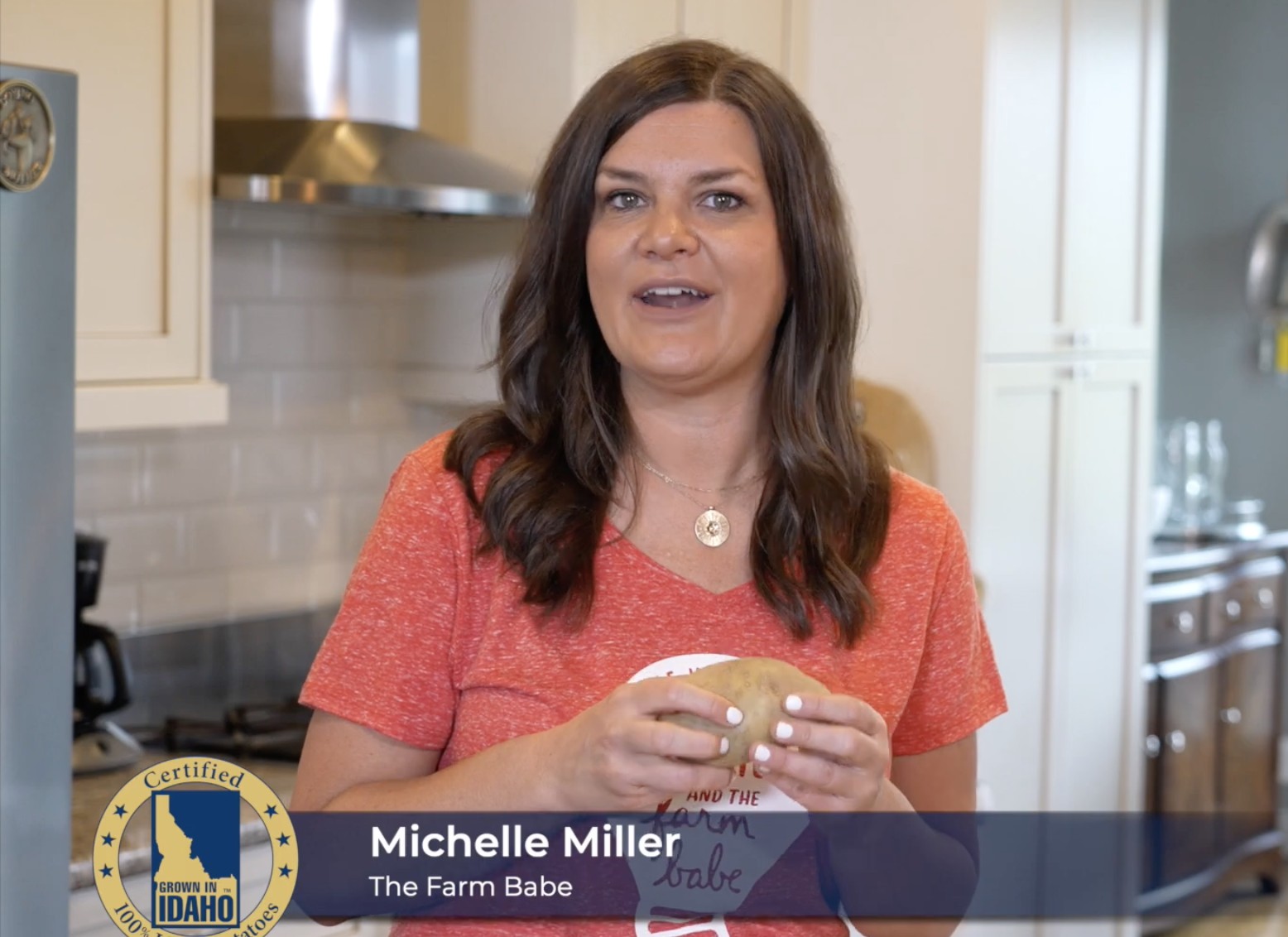Have you ever reached into your pantry or the produce aisle and noticed your potatoes have turned a concerning shade of green? This common phenomenon can be puzzling and even a little alarming. But what exactly causes potatoes to turn green, and more importantly, are green potatoes safe to eat? Let’s dig into the science behind potato greening and what you need to know to keep your meals safe and delicious.
Potatoes turn green due to the production of chlorophyll and solanine. Chlorophyll is the pigment that gives plants their green color and is produced when potatoes are exposed to light. While chlorophyll itself is harmless, its production is a visual indicator that something else is happening: the potato is also producing solanine. Solanine is a glycoalkaloid, a naturally occurring compound that acts as a defense mechanism for the potato plant against insects and diseases. This is why the greening is more prominent on the skin, where light exposure is greatest.
 Green potatoes displaying green skin discoloration due to solanine and light exposure, a warning sign indicating potential bitterness and toxicity.
Green potatoes displaying green skin discoloration due to solanine and light exposure, a warning sign indicating potential bitterness and toxicity.
So, is it safe to eat green potatoes? The answer is, it depends on the extent of the greening. Small amounts of green on a potato, perhaps just a slight tinge under the skin, are generally considered safe to consume if you properly prepare the potato. The bitterness you might taste in a green potato is due to the solanine, and in larger quantities, solanine can be toxic. Symptoms of solanine poisoning can include nausea, vomiting, diarrhea, and stomach cramps.
If you find your potatoes have only a slight green hue, you can still use them. Simply peel the potatoes thoroughly, making sure to remove all green parts of the skin and flesh. Cooking the potatoes by boiling or baking can further reduce solanine levels, although it’s best not to rely on cooking to eliminate it entirely from significantly green potatoes.
However, if your potatoes are intensely green, or if they taste noticeably bitter even after cooking, it is best to discard them. Potatoes that have been heavily exposed to light, are sprouting, or are damaged are more likely to have high levels of solanine throughout the entire potato, not just the skin. It’s important to err on the side of caution when it comes to food safety.
To prevent your potatoes from turning green in the first place, proper storage is key. Potatoes should be stored in a cool, dark, and dry place. A pantry or root cellar is ideal. Avoid storing potatoes in direct sunlight or under bright artificial lights. Even fluorescent lights in grocery stores can cause potatoes to green over time, which is why you might notice more green potatoes in displays where stock isn’t rotated frequently. When purchasing potatoes, especially loose potatoes or those in clear bags, check for any signs of greening before you buy them. If you notice many green potatoes on display at your grocery store, consider letting the produce manager know – you’ll be doing a favor for future shoppers!
In conclusion, while a little green on your potato might be manageable with careful trimming, heavily green potatoes should be avoided due to the potential for solanine toxicity. By understanding why potatoes turn green and practicing proper storage techniques, you can ensure your potatoes remain safe, delicious, and free from unwanted bitterness.